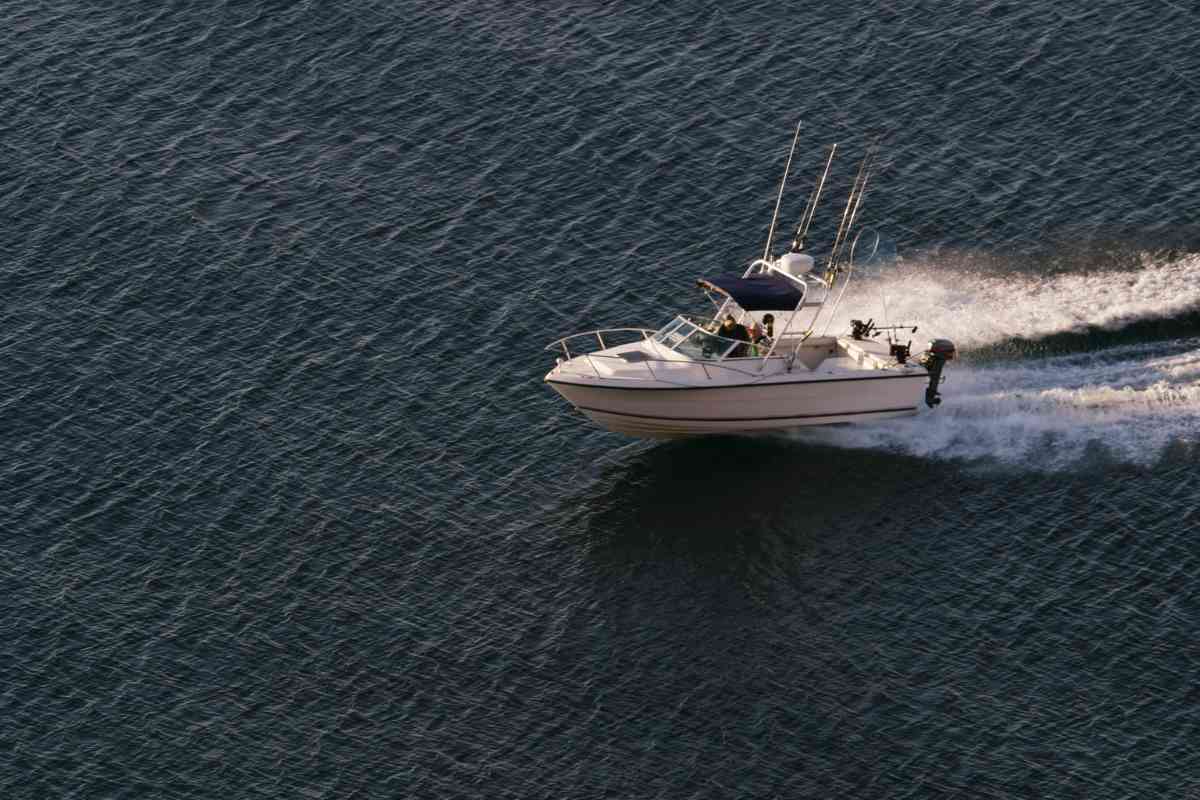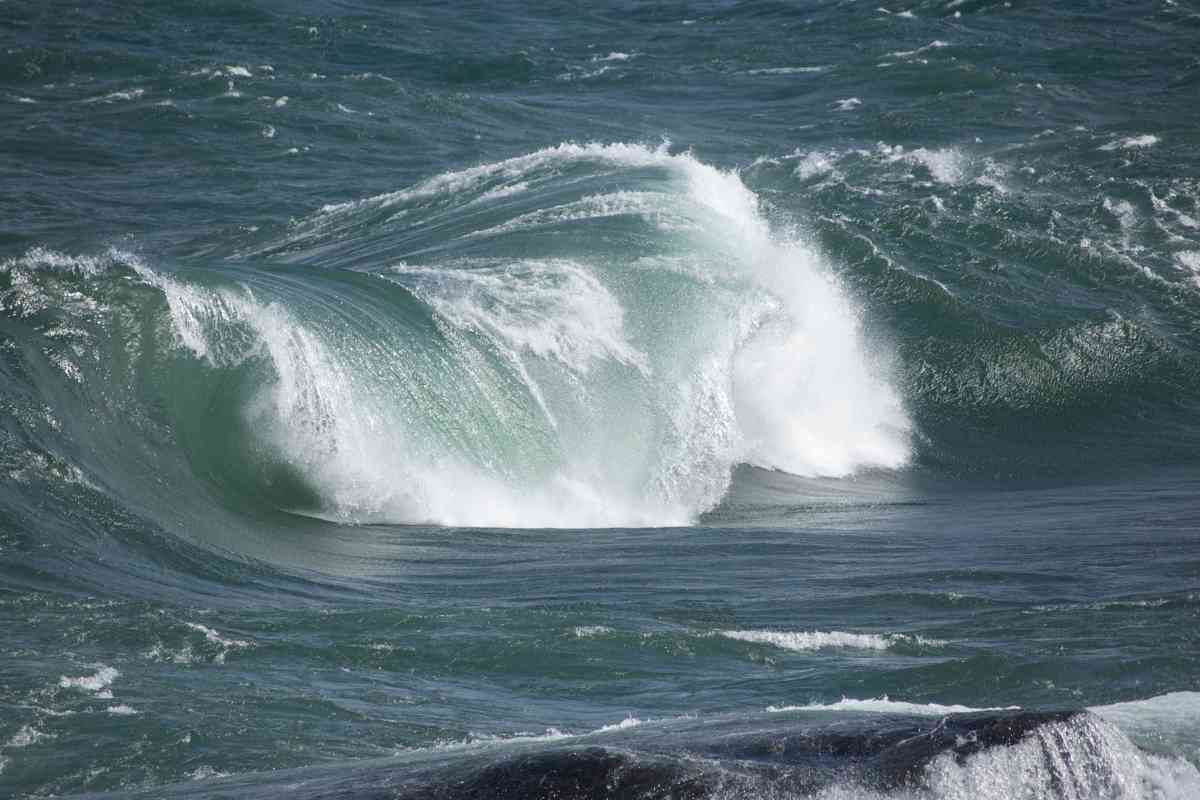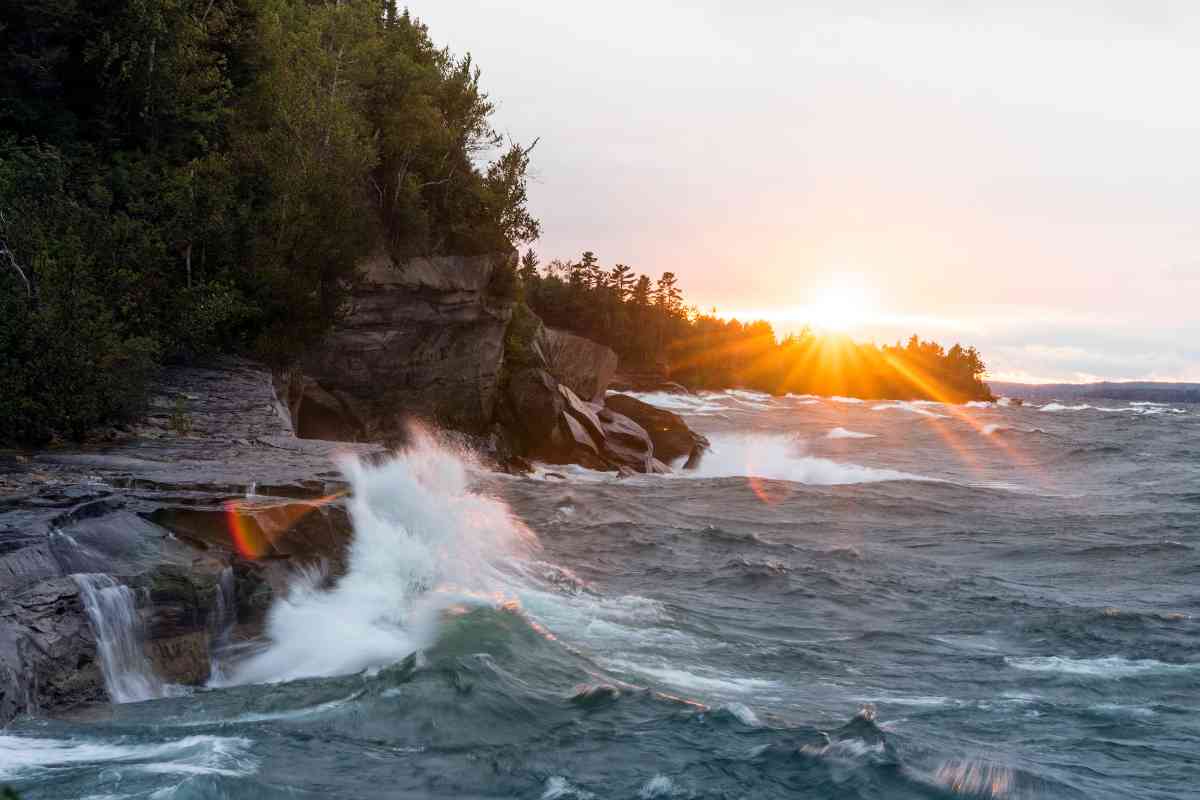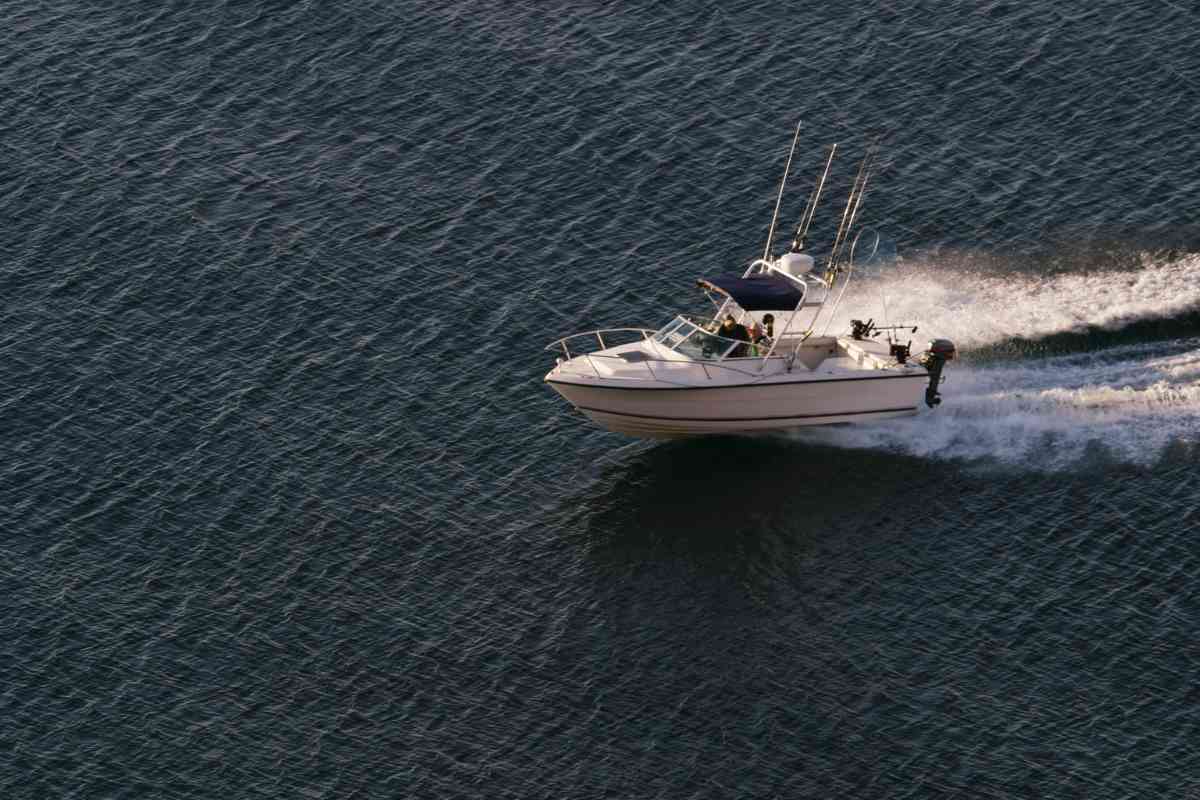Recommended Boat Size for Lake Superior: Expert Advice for Safe and Enjoyable Boating
When it comes to boating on Lake Superior, choosing the right boat size is crucial for a safe and enjoyable experience. The largest of the Great Lakes, Lake Superior is known for its unpredictable weather patterns and rough waters, making it essential to have a boat that can handle the conditions. In this article, we will explore the recommended boat sizes for Lake Superior and provide some tips to help you make the best decision for your boating needs.

What’s the recommended boat size for Lake Superior?
For boating on Lake Superior, renowned for unpredictable weather and rough waters, a larger boat is generally preferred. Ideal boat sizes fall between 16 and 22 feet, ensuring a comfortable ride and adequate space for passengers and gear. These should be equipped with essential safety equipment, ensuring a safe, enjoyable experience on this vast freshwater lake.
When selecting a boat for Lake Superior, it is important to consider factors such as the size of the boat, its weight capacity, and the type of water activities you plan to do. While smaller boats may be suitable for calmer waters, larger boats are generally recommended for Lake Superior due to its size and weather conditions.
It is also important to ensure that your boat meets all the necessary safety requirements and has the appropriate equipment, such as life jackets, fire extinguishers, and sound-producing devices. By taking these factors into account, you can ensure a safe and enjoyable boating experience on Lake Superior.
Lake Superior Overview
Lake Superior is the largest freshwater lake in the world by surface area, spanning a mighty 31,700 square miles. Shared by the United States and Canada, it’s situated in the northern region of North America and is known for its cold temperatures, unpredictable weather, and sudden storms.
It’s encased by a rugged shoreline marked by cliffs and bluffs that rise from the water. In summer, the lake can reach temperatures of up to 70 degrees Fahrenheit in some areas.
Duluth is a bustling port city on the western end of Lake Superior and a popular boating spot. Other notable boating locales include the North Shore along the Minnesota shoreline, and the Wisconsin and Michigan shores. The lake’s beauty and unique features make it a rewarding, if challenging, boating destination.
Safety Measures
Safety is paramount on Lake Superior. It’s essential to have the necessary safety equipment on board: personal flotation devices (PFDs) for each person, a throwable PFD, a fire extinguisher, a sound-producing device, and visual distress signals.
Check the weather before setting off and stay close to the shore in rough conditions. Inexperienced boaters should avoid the lake. It’s also important to understand local boating regulations and laws, including Canadian and U.S. border requirements if crossing between the two countries.

Choosing the Right Boat
The size, weight, design, and even the boat’s ability to be trailed must be considered for a safe and enjoyable experience on Lake Superior.
The recommended size is between 16 and 22 feet, balancing a comfortable ride and sufficient space for passengers and gear. Aluminum boats, weighing between 1,500 and 3,500 pounds, are popular due to their durability and lightweight nature.
A deep-V hull design is recommended for stability and smooth sailing in rough water. Also, consider your trailer’s size – it should align with your boat size to make launching and retrieving your boat manageable.
Additional Features and Equipment
Additional features such as a cabin or hard top can provide protection from the elements.
Still, remember these will add weight to your boat. As for gear, bring personal flotation devices (PFDs) for each person on board, a throwable PFD, a fire extinguisher, a sound-producing device, and visual distress signals.
Also, it’s a good idea to have a tow rope and marine radio for emergencies. Note that cell phone service can be unreliable in certain areas of the lake.
Boat Types and Their Suitability
Several boat types can fare well on Lake Superior, provided they are suited to the lake’s conditions. For a peaceful and eco-friendly option, sailboats are a great choice, provided they are at least 26 feet long to navigate the unpredictable waves and winds.
Cruise boats offer leisurely exploration with comfort and should be at least 30 feet long with a deep draft. For fishing, Lowe boats are ideal thanks to their stability and durability – a 16-foot model with a deep-V hull will do the trick.

Fishing in Lake Superior
Fishing on Lake Superior is an adventure. Home to an array of fish species, it’s a popular destination for anglers. Summer fishing can be thrilling, with trolling for salmon and trout being a common practice.
The boat size recommendation for fishing is a 16-18 foot motorized boat. Always ensure you meet all safety requirements due to the unpredictable conditions.
Exploring Surrounding Areas
Apart from boating, Lake Superior is surrounded by beautiful scenery and natural attractions. Visitors can explore the Apostle Islands, hike scenic trails, or camp in the wilderness of Isle Royale.
Small towns like Duluth, Minnesota, and Sault Ste. Marie, Ontario, offer a glimpse into local culture and history. Stunning natural attractions, beautiful beaches, and the nearby Mille Lacs lake offer even more opportunities for exploration and enjoyment.
Historical and Cultural Significance
Lake Superior has a significant cultural and historical role in its surrounding areas. It has been a hub for freighter traffic, carrying various goods and products, and has been influential in the development of music and art.
The region has a rich history, including its importance for Native American communities and immigrant communities that contribute to the area’s cultural diversity.

Planning Your Trip
Planning a boating trip on Lake Superior involves considerations around comfort, vehicle, budget, and navigation tools.
Make sure your boat and vehicle are comfortable, reliable, and well-maintained. Be aware of the costs, including boat expenses, fuel, food, and docking fees. Keep up-to-date charts of Lake Superior handy, and be prepared for the cold water temperature and sudden storms.
Keep a lookout for hazards such as rocks and logs, and remember the risk of lightning strikes. Your trip to Lake Superior can be safe and enjoyable with the right planning and precautions.

Frequently Asked Questions
What is the maximum boat size allowed on Lake Superior?
There is no maximum boat size allowed on Lake Superior. However, it is important to note that the larger the boat, the more experience and skill is required to operate it safely. It is recommended to have a thorough understanding of piloting rules and equipment regulations, as well as safe boating practices before operating a larger boat on Lake Superior.
What type of boat is best for fishing on Lake Superior?
A boat with a deep-V hull is recommended for fishing on Lake Superior. This type of boat can handle the rough waters and provide a smoother ride. It is also recommended to have a boat with a minimum length of 16 feet and a beam of at least 6 feet.
What safety features should a boat have for Lake Superior?
Boats on Lake Superior should have safety features such as personal flotation devices (PFDs) for each person on board, a throwable PFD, a fire extinguisher, a sound-producing device, and visual distress signals. It is also recommended to have navigation lights and a VHF marine radio for communication in case of emergency.
What is the ideal length for a boat on the Great Lakes?
The ideal length for a boat on the Great Lakes depends on the intended use. For recreational boating, a boat with a minimum length of 16 feet is recommended. For fishing, a boat with a minimum length of 18 feet is recommended.
Is a 25 foot boat safe for Lake Superior?
A 25-foot boat can be safe for Lake Superior if it is equipped with the necessary safety features and operated by an experienced and skilled captain. It is important to keep in mind that Lake Superior can have unpredictable weather conditions, and it is important to always check the weather forecast before heading out on the water.
What size boat is recommended for Lake Superior in terms of horsepower?
The recommended size of a boat for Lake Superior in terms of horsepower depends on the boat’s length and weight. As a general rule, a boat with a length of 16 feet should have an engine with at least 40 horsepower, while a boat with a length of 26 feet should have an engine with at least 150 horsepower. It is important to note that horsepower recommendations can vary based on the specific boat and its intended use.
